Aluminum glazing of loggias: features and types
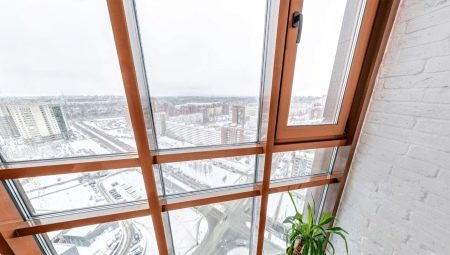
For many decades, the balcony was perceived exclusively as an additional space in the house with an economic purpose: unnecessary things were stored here and clothes were dried. However, these days this space is increasingly used as a recreation area, study or even a bedroom. In order to make the room more comfortable and functional, it is necessary to glaze it, most often plastic structures are used, but many homeowners prefer aluminum glazing for their loggias and balconies.
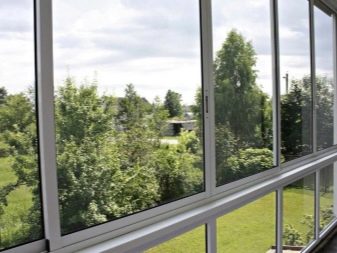

Advantages and disadvantages
Glazing of balconies has long and firmly entered our life. It is used by both the owners of private houses and the owners of city apartments. This is not surprising after all, after the installation work, the open space blown by the wind, flooded with rain and covered with snow can easily turn into an additional room, a gym or a winter garden.
For many years, plastic structures have held the lead in popularity; supporters of eco-style prefer wooden ones.
Aluminum glazing cannot be called in demand among our compatriots - most likely the reason for such low popularity is poor awareness of the population about the methods of glazing, warm and cold options, the advantages of aluminum loggias and their disadvantages.
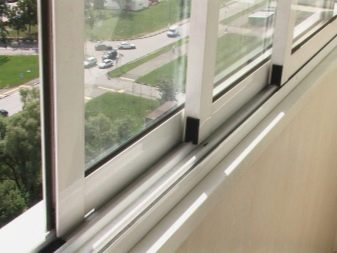
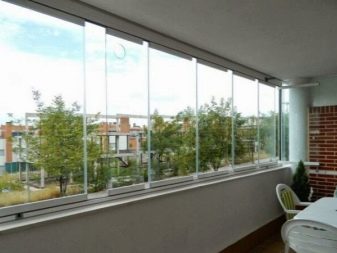
We will try to fill this gap and tell you more about the pros and cons of metal construction.
First of all, aluminum glazing attracts users with its low cost, which is an order of magnitude lower than that of window structures made of plastic and wood. However, the list of pluses doesn't end there. The most significant are the following advantages:
- an aluminum profile is three times stronger than a plastic one and seven times stronger than a wooden one;
- aluminum is not susceptible to corrosion, when operated in conditions of high humidity, fungi, mold and other pathogenic microflora do not develop in it;
- the profile is not deformed under the influence of direct sunlight;
- it is a practical and durable material that, if used correctly, will serve faithfully for up to 70 years;
- glazing using aluminum profiles can be performed in the most inconvenient places - these profiles are distinguished by their lightness, they can be installed even on old and worn out balconies;
- do not forget about the environmental friendliness of the material - aluminum does not contain radiation, and does not emit toxic substances under the influence of ultraviolet rays;
- windows based on aluminum profiles are easily and simply cleaned in the usual way using water and soft rags, once a year, the fittings are additionally treated with machine oil;
- Nowadays, the market offers a wide selection of aluminum profiles of various shades, so everyone can choose the option that will harmoniously fit into the interior of the additional room.
- with the help of aluminum, it is possible to glaze balconies and loggias on the last floors, where the profile is part of the supporting structure, in addition, the material is often used for glazing stained-glass windows and facades.
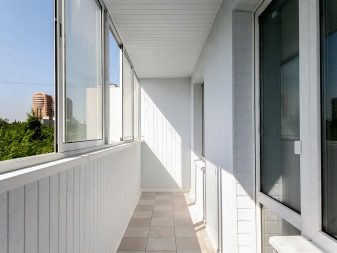
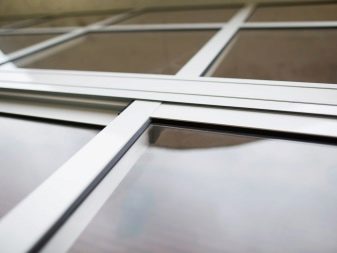
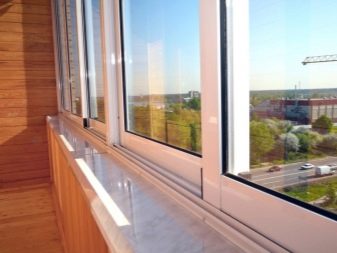
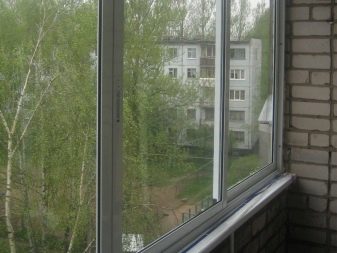
However, nothing perfect has yet been invented, so the aluminum profile has its drawbacks.
- The increased thermal conductivity of the metal completely eliminates the possibility of creating the same comfortable microenvironment on the glazed balcony as when using PVC and wooden structures. This disadvantage is especially noticeable during the hot season, when the temperature inside the glazed balcony rises.
- In addition, the metal has a very significant coefficient of thermal expansion - this means that with temperature changes inherent in our climate, it has the ability to expand and contract within 10-15 mm. In the cold season, this leads to the formation of ice in the guides - moisture that has got inside does not have time to escape through the drainage holes and freezes, this prevents the flaps from opening until all the elements of the ice have completely thawed. When installing such a profile, special attention should be paid to the areas of abutment of the profile and the wall.

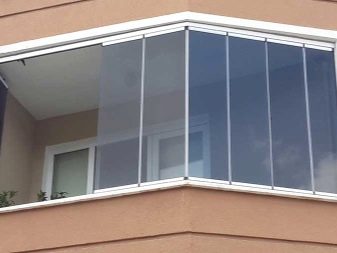
Varieties
Aluminum structures on the balcony can be frame or frameless... Frameless design allows you to achieve maximum illumination of the loggia, from the outside, such balconies look very modern and stylish. The width of the profiles in such frames is small, so it is practically invisible from the outside.
Despite this, the overwhelming majority of homeowners prefer frame options - such glazing also has an attractive appearance, moreover, it is easy to install, and it is much cheaper. The advantages of frame models also include the possibility of further warming the loggia and the availability for installing mosquito nets. In terms of tightness, they, of course, are slightly inferior to plastic and wooden ones, but still protect the balcony from frost and cold much more efficiently than frameless ones.

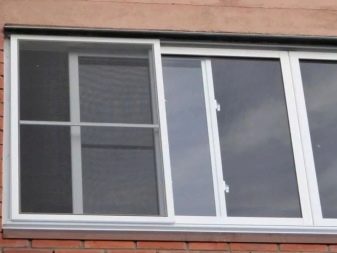
Aluminum profile can have a sliding structure - in this case, the sashes are fixed on rollers installed in the lower and upper guides. Each model can have from 2 to 8 doors installed on latches - it is impossible to open them from the outside, the doors move along the guides completely silently.

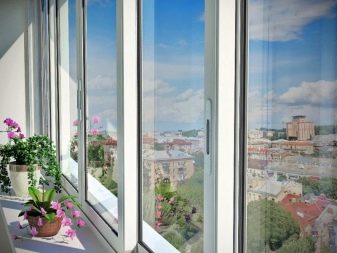
Aluminum profiles can also differ in the following details:
- number of cameras - the more there are, the warmer the room will be;
- opening mechanism - it can be swing, accordion or sliding;
- appearance.
All of these factors directly affect the cost of the product, therefore, if desired, everyone can choose an option within the allocated budget.
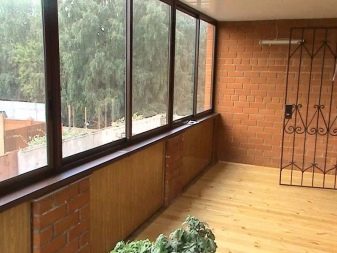

Popular manufacturers
Today in the market the greatest demand is for aluminum profiles of grades SIAL and MAK. On the Russian market, recognized leaders are manufacturers Provedal and Kraus - both produce a wide range of profiles for warm and cold glazing, which structurally practically do not differ from each other and at the same time have quite significant advantages over the products of other manufacturers, namely:
- resistance to temperature extremes;
- non-susceptibility to corrosive processes due to the use of high-tech aluminum alloys;
- great strength:
- exceptionally high quality fittings - protection against external opening and swinging is provided in the event of a strong gust of wind;
- perfected mechanisms of work - thanks to the brush-type seal and rubber inserts, noiselessness, smoothness of movement, the elimination of drafts and freezing, as well as protection against the penetration of precipitation onto the balcony are ensured.


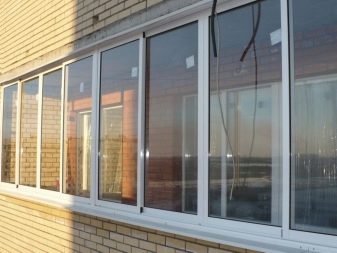
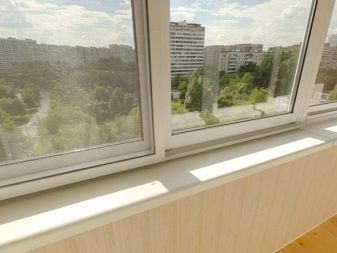
How to choose?
When choosing the type of glazing, you must first decide whether it should be warm or cold. Everything here is elementary - the cold type of construction involves the installation of a profile without installing an insulating thermal pad. Such frames are distinguished by increased thermal conductivity, therefore, in winter, such loggias and balconies will keep the same temperature as outside - the difference does not exceed 5-7 degrees.
As a result of such glazing, you can get protection from wind, dust, dirt and snow drifts. In the cold season, you can use the room as an additional refrigerator, but staying in such spaces from October to April cannot be called comfortable.
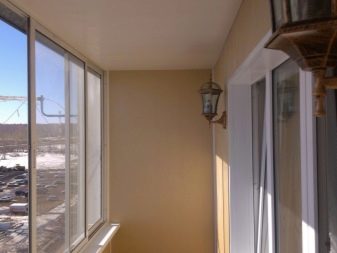
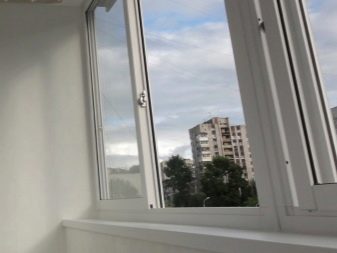
In order to be able to use the loggia as a living space and recreation area, it is better to give preference to warm glazing. The difference between a cold and a warm design is that in a warm one there are special gaskets, which many times increase the degree of heat retention and retention of aluminum. Such structures consist of three layers:
- outer layer of metal;
- thermostat insert that destroys the "cold bridge";
- inner metal layer.


In factory conditions, such products can be additionally insulated with fiberglass reinforced, as well as foamed materials and polyamide. The main advantage of the design is its low thermal conductivity, which means that heat is retained inside the room, and cold does not penetrate inside. Such options, no doubt, allow you to maintain a favorable microclimate in the room, but in price they are significantly inferior to cold ones - installation of glazing is by no means cheap to its owners.
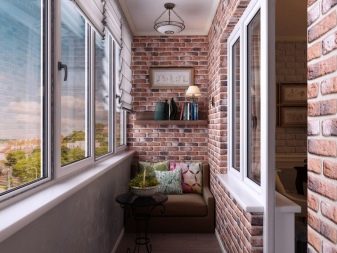
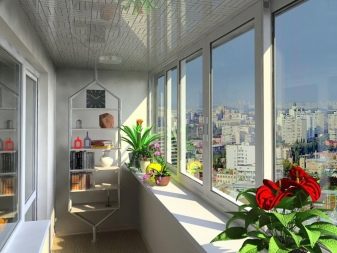
Care Tips
Ease of installation of aluminum structures is combined with ease of maintenance. In order for the product to serve you faithfully for many years, you should adhere to simple recommendations.
- The main load during operation falls on the fittings. To extend its service life, clean all parts at least twice a year with solutions that do not contain abrasives, acids, alkalis, and resins, since they can damage the anti-corrosion coating, at the end of the treatment, lubricate the moving parts with machine oil.
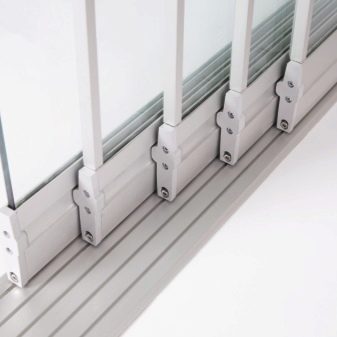
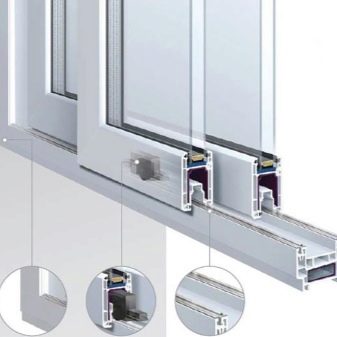
- If cracks or scratches appear on the decorative part, acrylic paint of a suitable color will help to mask them.
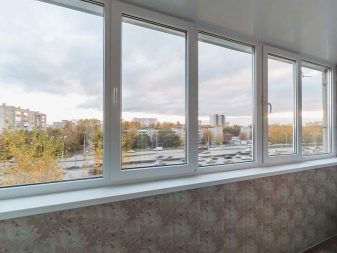
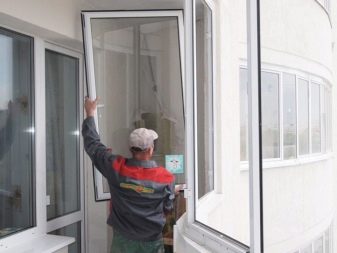
- The frost that appears as a result of temperature changes in winter can lead to deformation of the structure. That's why it is advisable to keep window sashes closed in frosts.
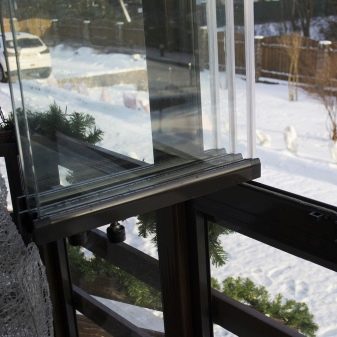

- When cleaning surfaces it is better to use a regular soap solution... The use of abrasive cleaning agents is not recommended.
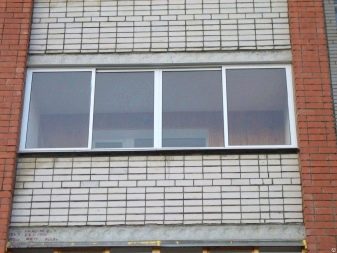
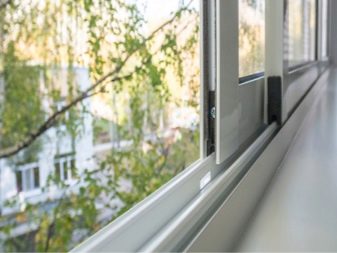
- Special attention should be paid to warm seals with construction, since the degree of tightness of the window directly depends on their ability to maintain their operational characteristics. To care for them, you should use products with silicone - this component softens the rubber, restores its elasticity, and in addition, repels water, dirt and dust.
If you don't have the necessary product at hand, you can use ordinary laundry soap, but after cleaning, you will certainly need to dry the sealant and sprinkle it with talcum powder.
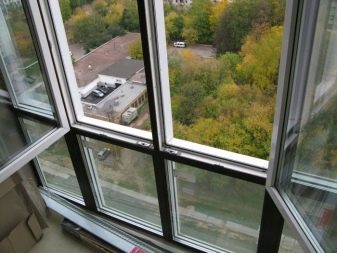

- Glasses are washed with standard clear construction cleaning agents. - it is optimal to purchase them in the same company that manufactures and assembles metal structures.
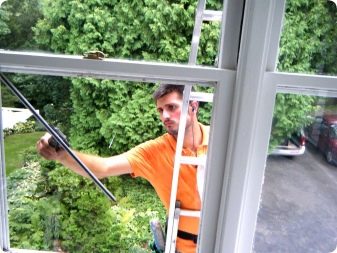
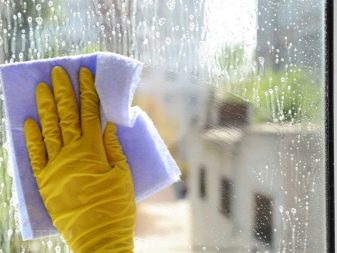
The glazing technology for aluminum sliding windows is shown below.








